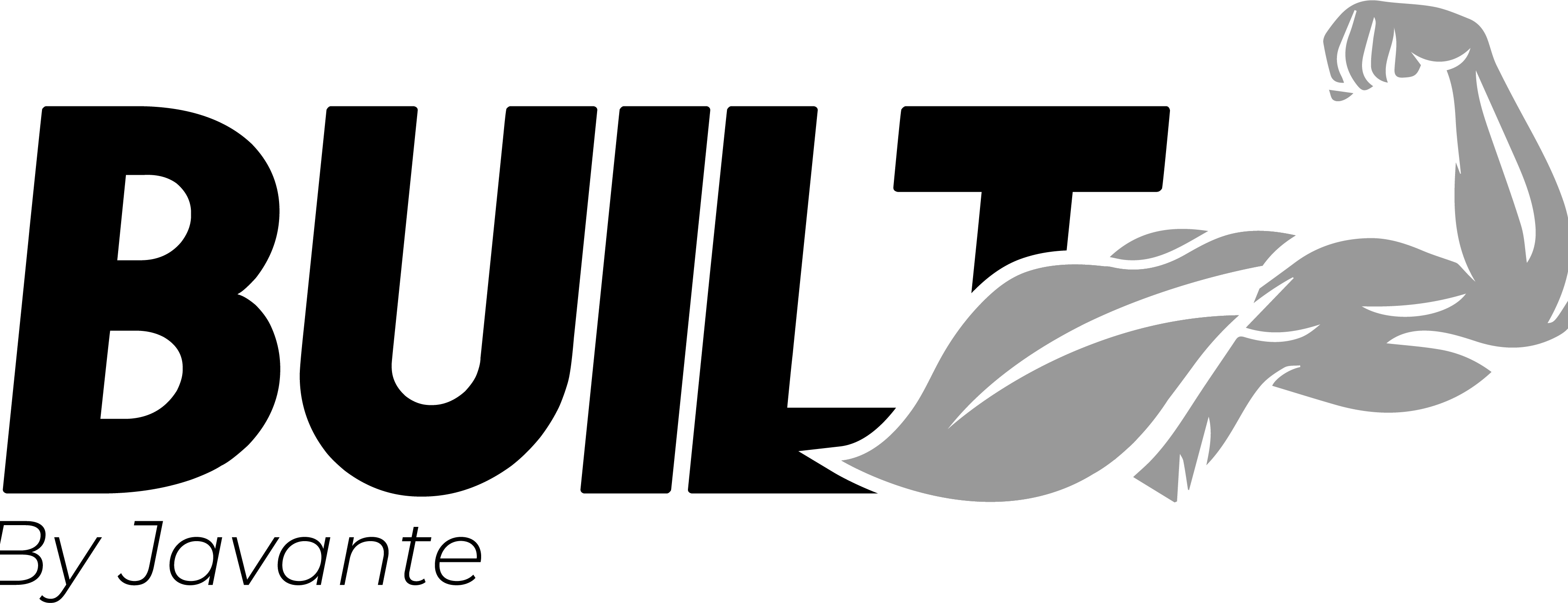This learning experience underscores the complexity and critical importance of tailoring nutritional care for children with special health needs. It highlights the diversity of factors that influence growth, dietary intake, and nutritional status, such as medical conditions, environmental factors, and family dynamics. I learned about key measurement techniques, including head circumference and weight monitoring, emphasizing the need for precision and consistency in assessing growth, which is foundational to effective care.
In addition, I was educated on some of the nuances of growth assessments, particularly for children with unique conditions like Down syndrome, Prader-Willi syndrome, or cerebral palsy. Recognizing how conditions such as hypotonia or growth delays influence energy and nutrient needs underpins the necessity for individualized care plans. The emphasis on using both standard and specialty growth charts reflects a balanced approach, where understanding a child's specific condition complements general population benchmarks.
Furthermore, the strategies for dietary intake data collection—such as diet recalls, food records, and food frequency questionnaires—reveal a thoughtful approach to capturing accurate and representative data. These tools, combined with understanding nutrient recommendations like DRIs and TEE, provide a robust framework for assessing and planning interventions.
What stands out most is the integration of community services, including Medicaid, WIC, and early intervention programs, which illustrate the systemic support available for families. The collaborative efforts of healthcare providers, educators, and families reinforce the philosophy of family-centered care. This approach not only honors the family's role in the child’s life but also aligns care with measurable outcomes, fostering accountability and positive health impacts. Overall, this learning experience served as a comprehensive guide for understanding and addressing the nutritional needs of children with special healthcare needs, combining scientific rigor with empathy and adaptability.
